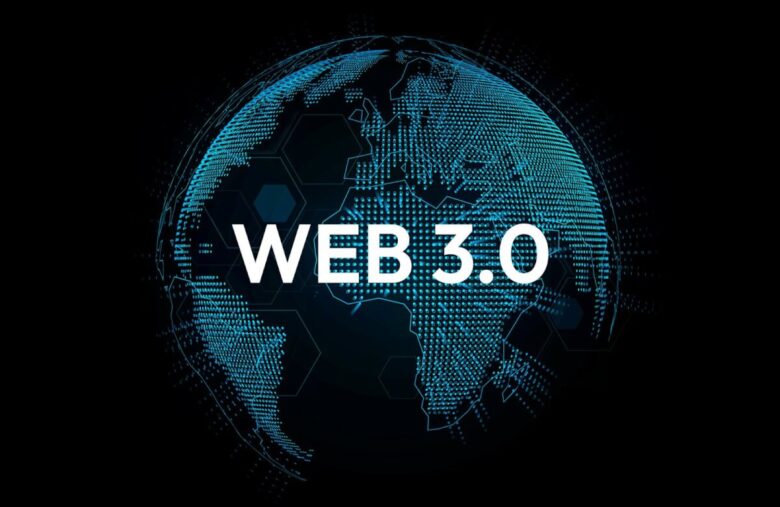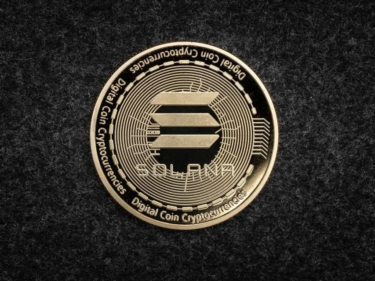What is web3 technology ? All about web3 in one article

Web3, also known as Web 3.0, is the next evolution of the internet that aims to provide a decentralized and more open platform for users. It is built on blockchain technology, which allows for greater security, transparency, and ownership of data. Many experts believe that Web3 has the potential to bring significant advancements in areas such as online security, e-commerce, and online identity. However, it is still a relatively new technology and there are concerns about its scalability, usability, and regulation. Overall, Web3 is an exciting development in the world of technology with a lot of potential, but it is still in the early stages of development and its ultimate impact is yet to be seen.
How does web3 work?
Web3 is built on blockchain technology, which is a decentralized and distributed ledger system that allows for secure and transparent record-keeping. In a traditional web setup, data is usually stored on centralized servers that are controlled by a small group of individuals or companies. This can lead to issues such as data breaches and censorship. In contrast, Web3 utilizes a network of decentralized nodes that all have a copy of the blockchain ledger. This means that there is no single point of failure and that data is more difficult to tamper with.
Web3 also uses smart contracts, which are self-executing contracts with the terms of the agreement between buyer and seller being directly written into lines of code. Smart contracts allow for the automation of various processes, such as the transfer of assets or the execution of transactions.
Web3 also allows for the use of decentralized applications (dApps), which are built on top of blockchain technology and are not controlled by any single entity. This allows for more open and decentralized platforms for users to interact with.
Overall, Web3 aims to create a more open, transparent, and secure internet by utilizing blockchain technology and decentralized systems. The combination of these technologies allows for the creation of new opportunities for online commerce, data management, and online identity verification.
Why web3 is the future?
There are several reasons why many experts believe that Web3 is the future of the internet:
- Decentralization: Web3 utilizes a decentralized network of nodes, which means that data is stored across multiple locations and there is no single point of failure. This makes the system more secure and resistant to censorship.
- Security: The use of blockchain technology and smart contracts in Web3 provides a high level of security for transactions and data storage. This is particularly important for sensitive information such as personal or financial data.
- Transparency: Web3 allows for a transparent and open platform for users. The decentralized nature of the blockchain ledger means that transactions can be easily tracked and verified.
- Ownership: Web3 gives users more control over their own data. Decentralized applications and smart contracts allow users to control who has access to their information and how it is used.
- Innovation: The use of blockchain technology and decentralized systems in Web3 opens up new possibilities for online commerce, data management, and online identity verification.
- Interoperability: Web3 allows all the different blockchain networks to interact with each other creating a more efficient and interconnected ecosystem.
- Censorship resistance: The decentralized nature of web3 makes it hard for any one entity to control or censor the information shared on the network, providing more freedom of speech and information.
However, it’s worth noting that Web3 is still a relatively new technology, and there are challenges that need to be addressed such as scalability and usability. It’s also important to note that the future impact of web3 is yet to be seen and it will depend on the adoption and implementation of the technology.



